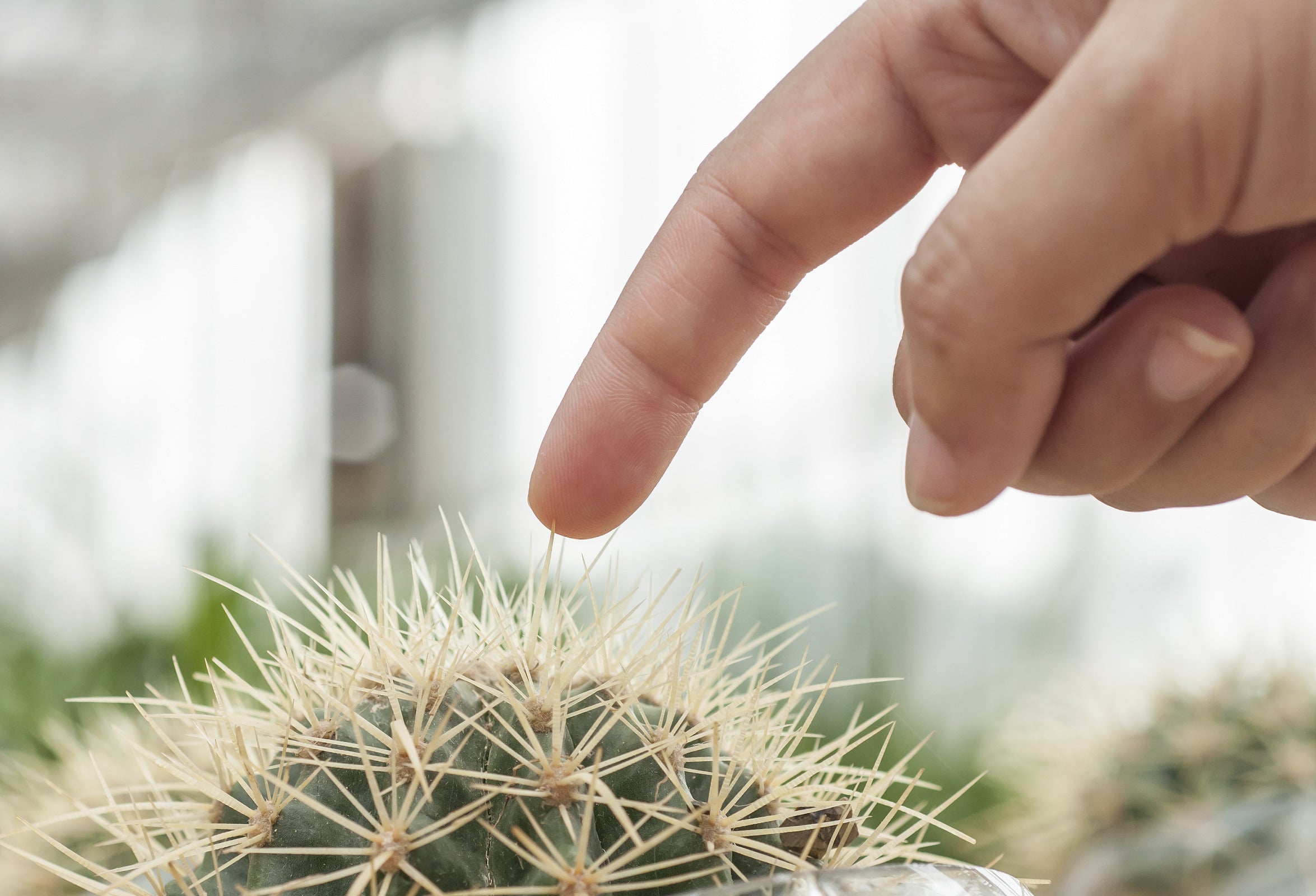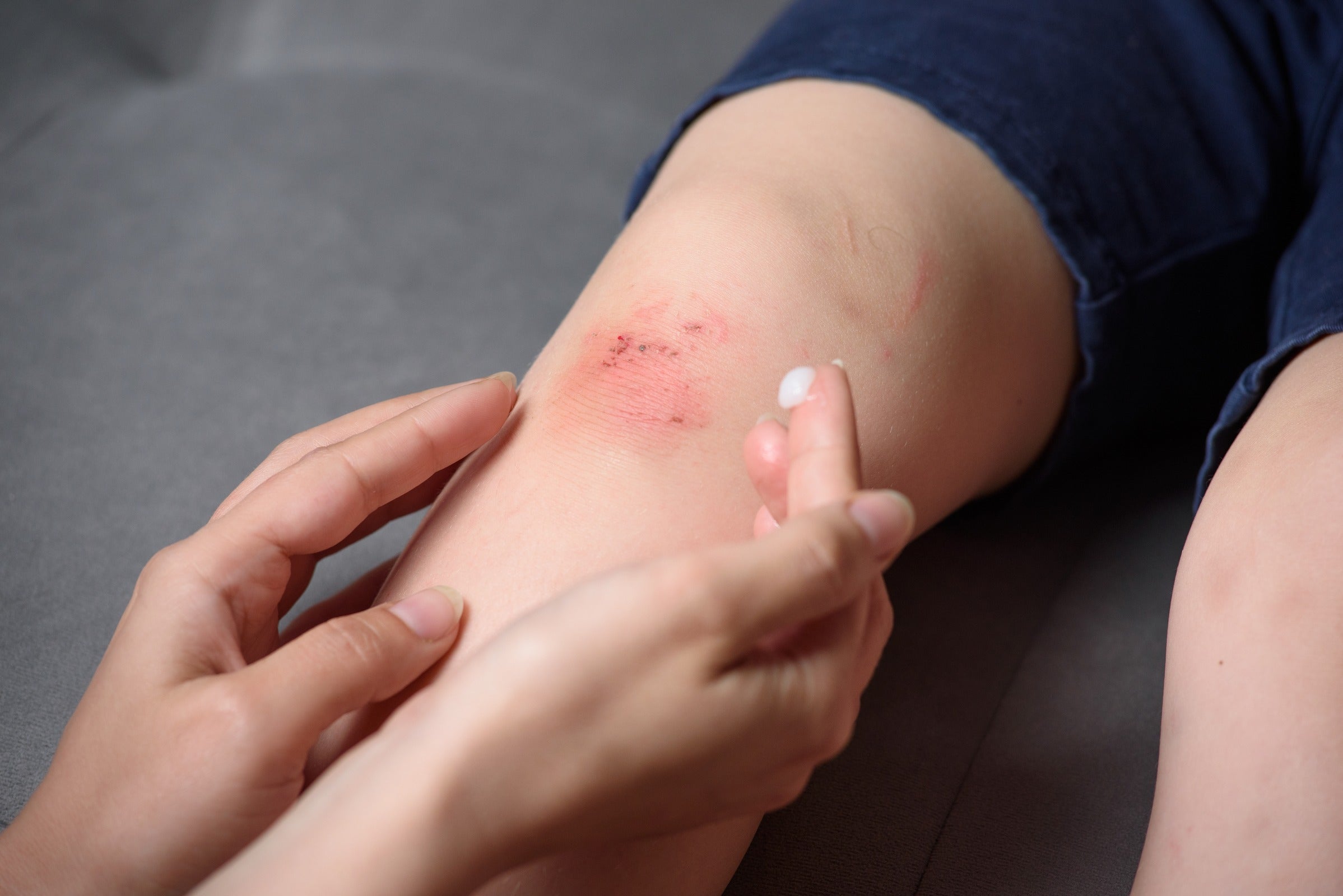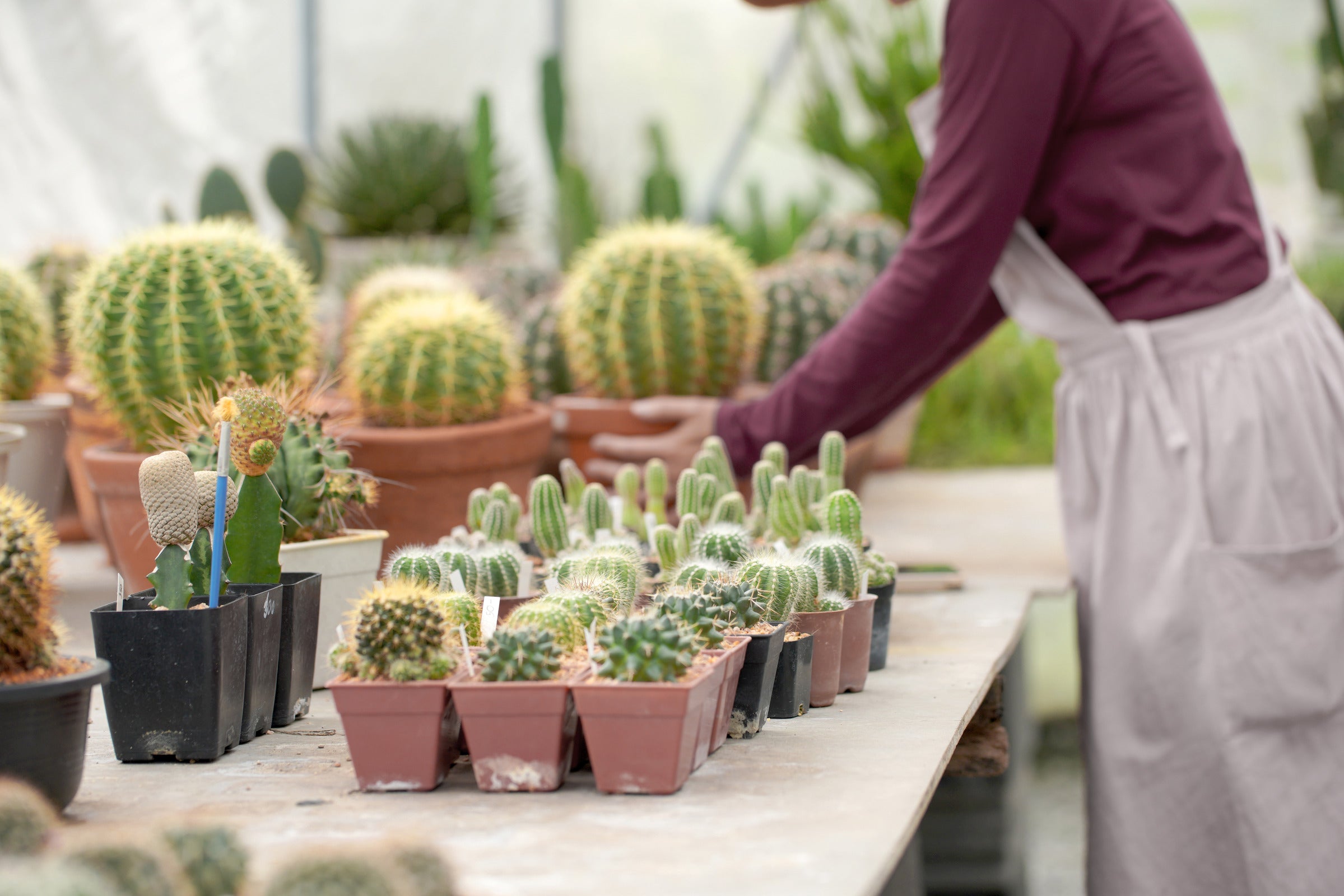Cacti are unique and intriguing plants that can survive harsh desert climates and thrive under challenging conditions. When not appropriately treated, the spines of their prickly plants pose a risk to humans, which may lead to painful wounds or infections.
Clean the area with soap and warm water, then apply antiseptic or antibacterial gel before bandaging the injury. Add ice or a cold pack to reduce swelling.
When healing cactus spine injuries, remove visible spines and apply a topical corticosteroid for resolving granulomatous inflammation within 2 to 4 months.
In this guide, we will delve into healing cactus wounds. We will explore five initial care and prevention methods that are crucial for proper healing and to prevent complications from arising.
How To Heal A Cactus Wound: 15 Easy Steps

We'll examine the most effective treatments to help heal and recover from cactus injuries, emphasizing the importance of immediate action and natural remedies.
Remove Spines and Foreign Objects
Treatment for a cactus wound begins with removing spines or foreign objects lodged in the skin. The damage will heal faster, and it will not cause any further irritation.
Follow these steps when removing cactus needles or spines:

- Using tweezers or gloved hands, gently pull out the spines at the same angle they entered.
- Do not touch the wound directly with your fingers to avoid spreading bacteria and debris.
- Sterilize a needle or safety pin and gently lift the spine tip out of the skin if the spine is broken and cannot be removed.
- To reduce infection risk, sterilize the area with hydrogen peroxide or rubbing alcohol following spine removal.
Wash the Wound Thoroughly
After removing the spines, thoroughly wash the cactus wound as the next step. It prevents infection by removing dirt, bacteria, and debris from the damage.
Cactus wounds can be washed by following these tips:
- To clean the wound, use mild soap and warm water, stroking with a cloth or gauze pad.
- The wound should not be treated with harsh chemicals or antiseptics, as these can damage healthy tissue and slow healing.
- Cleanse the wound thoroughly with clean water and pat it dry.
- If the wound is bleeding profusely, direct pressure with a sterile cloth or gauze pad is recommended.
Apply Antibacterial Ointment and Cover the Wound

To prevent further infection and injury, apply an antibacterial cream and bandage the wound once it's clean and dry.
Follow these steps to apply ointment to a cactus wound:
- The wound surface should be treated with an antibacterial ointment such as Neosporin or Polysporin.
- A sterile gauze pad or bandage should be applied to the wound and secured with medical tape or a self-adhesive wrap.
- Once or twice daily, change the dressing and reapply ointment.

Seeking Professional Medical Care
You should seek professional medical attention if you experience symptoms such as fever or swelling after a cactus wound. Symptoms that show you need medical attention include:
- There is a deep wound that is bleeding heavily.
- There is dirt or debris in the wound that cannot be removed.
- Fever, headaches, and nausea are some symptoms you are experiencing.
- If a wound is not healing correctly or shows signs of infection, it may need to be treated.
Natural Remedies

The wound can be treated with a variety of natural remedies, along with cleaning and disinfecting. The following are some examples of effective natural treatments for cactus wounds:
- Aloe vera: With antibacterial and pain-relieving properties, this plant is an effective natural remedy for treating cactus wounds. To promote healing, apply fresh aloe vera gel directly to the damage.
- Honey: Honey contains natural antimicrobial properties that prevent infections. Anti-inflammatory properties can also help soothe the skin. To promote healing, dab a dab of honey directly on the wound.
- Tea tree oil: It is an antibiotic that helps prevent infection. Wounds should be treated directly with diluted tea tree oil mixed with carrier oil (like olive oil).
Preventing Cactus Wounds: 4 Tips
Cacti are scattered throughout the world's deserts, waiting to be admired or touched by those near them. The spines on these remarkable plants can cause painful injuries, even leading to severe infections. When near cacti, it is essential to take precautions, and here are some ways to avoid cactus wounds:
Wear Protective Clothing
You can protect yourself from cactus injuries by wearing protective clothing. Wear thick, long-sleeved shirts and pants to prevent the spines from penetrating your skin.
You should wear boots or sturdy shoes to protect your feet from accidental pricks or stepping on cacti.

Respect Cacti and their Natural Environment
The natural environment of the desert and the cacti must be respected when hiking or exploring. Please do not remove or damage any cacti, as they are an integral part of the desert ecosystem and provide a habitat for wildlife. Avoid trampling on fragile desert plants by staying on marked trails.
Use Caution and Common Sense
Stay on trails and designated paths to avoid stepping on or falling on cacti. Keep a safe distance from cacti by staying aware of your surroundings. Cacti should not be touched, hugged, or climbed, even if they appear cute or exciting. Stones thrown or kicked at cacti can damage or kill them.
Avoid Touching or Handling Cacti

If possible, avoid touching or handling cacti if possible. As cacti have spines that protect them from predators, any disturbance can make them agitated, resulting in injury. Wearing gloves made of sturdy materials, such as leather, when handling or moving a cactus.
Conclusion
Effectively manage cactus wounds with proper initial care, comprehensive treatment options, and preventive measures. Prioritize your well-being and avoid unnecessary injuries. Educate yourself for quick healing and overall health and safety.
Whether you enjoy hiking, gardening or simply admire the beauty of these unique plants, take the steps to protect yourself and respect their natural environment.









![7 Tips To Disinfect Stab Wounds [5 Complications]](http://drnumb.com/cdn/shop/articles/How_To_Disinfect_Stab_Wound__7_DIY_Steps_5_Complications.jpg?v=1715140726)

